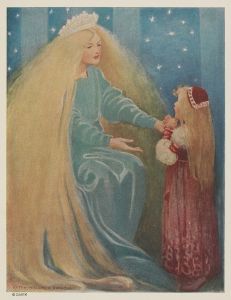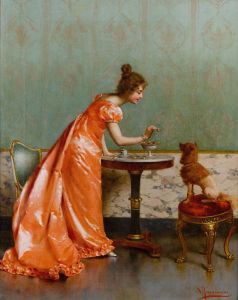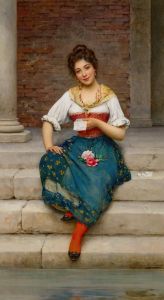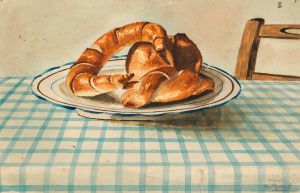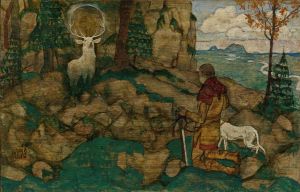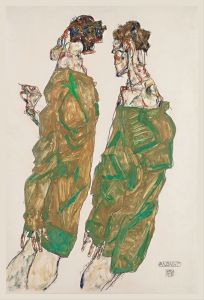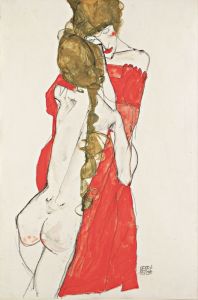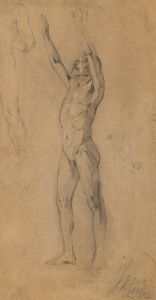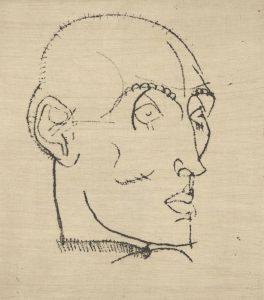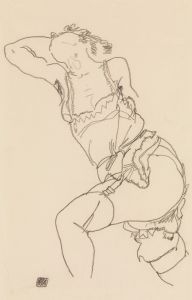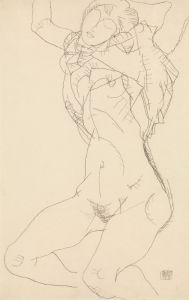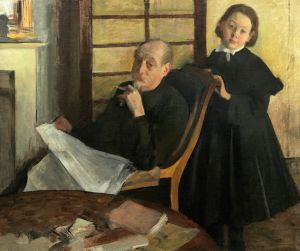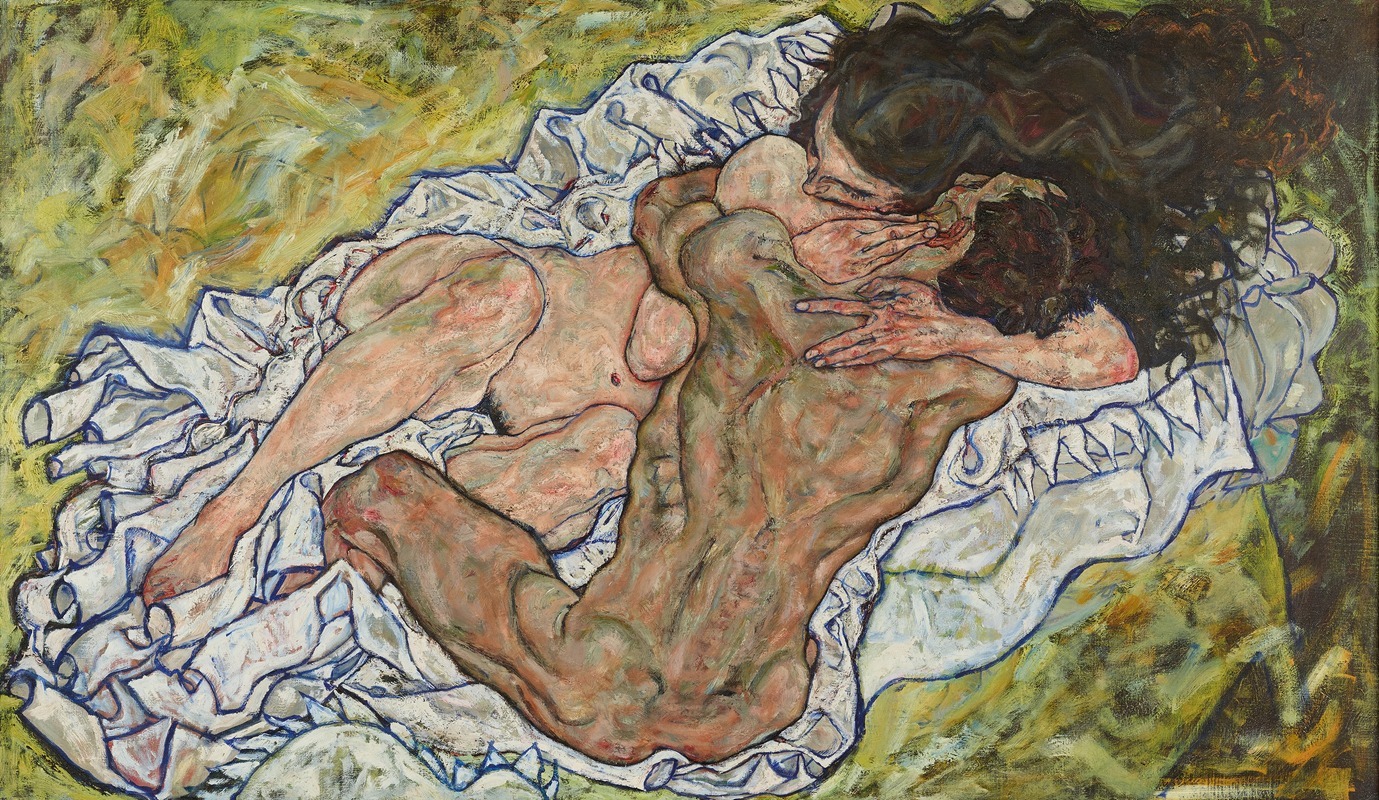
Die Umarmung
A hand-painted replica of Egon Schiele’s masterpiece Die Umarmung, meticulously crafted by professional artists to capture the true essence of the original. Each piece is created with museum-quality canvas and rare mineral pigments, carefully painted by experienced artists with delicate brushstrokes and rich, layered colors to perfectly recreate the texture of the original artwork. Unlike machine-printed reproductions, this hand-painted version brings the painting to life, infused with the artist’s emotions and skill in every stroke. Whether for personal collection or home decoration, it instantly elevates the artistic atmosphere of any space.
Egon Schiele, an Austrian painter known for his distinctive style and intense expressionism, created "Die Umarmung" (The Embrace) in 1917. This artwork is a poignant example of Schiele's exploration of human intimacy, emotion, and the complexities of relationships. Schiele, a protégé of Gustav Klimt, was a leading figure in early 20th-century Austrian art, and his works often delve into themes of sexuality, existential angst, and the human condition.
"The Embrace" is characterized by Schiele's signature style, which includes bold lines, exaggerated forms, and a striking use of color. The painting depicts a couple locked in an intimate embrace, their bodies intertwined in a manner that conveys both passion and vulnerability. Schiele's use of line and form in this piece is particularly notable; the figures are elongated and angular, a stylistic choice that heightens the emotional intensity of the scene. The background is typically sparse, drawing the viewer's focus entirely onto the figures and their interaction.
Schiele's work often reflects his interest in the psychological aspects of human relationships, and "The Embrace" is no exception. The painting captures a moment of deep connection between the two figures, yet there is an underlying tension that suggests complexity beneath the surface. This duality is a hallmark of Schiele's art, where beauty and discomfort coexist, inviting viewers to explore their own interpretations of the scene.
The year 1917, when "The Embrace" was created, was a significant period in Schiele's life. It was during World War I, and Schiele, like many artists of his time, was deeply affected by the socio-political upheavals of the era. Despite the turmoil, this period was also one of great productivity for Schiele. He married Edith Harms in 1915, and his relationship with her influenced much of his work during this time. The themes of love, intimacy, and the complexities of human connection in "The Embrace" can be seen as a reflection of his personal experiences and the broader context of a world at war.
Schiele's approach to the human form was both radical and controversial. His willingness to confront taboo subjects and depict raw human emotion set him apart from many of his contemporaries. "The Embrace" exemplifies his fearless exploration of these themes, showcasing his ability to convey profound emotion through his distinctive artistic style.
Egon Schiele's legacy as a pioneer of expressionism is well-established, and "The Embrace" remains an important work within his oeuvre. It continues to be studied and admired for its emotional depth, technical skill, and the insight it provides into the human psyche. Schiele's influence can be seen in the works of later artists who similarly sought to capture the complexities of human emotion and experience through their art.






